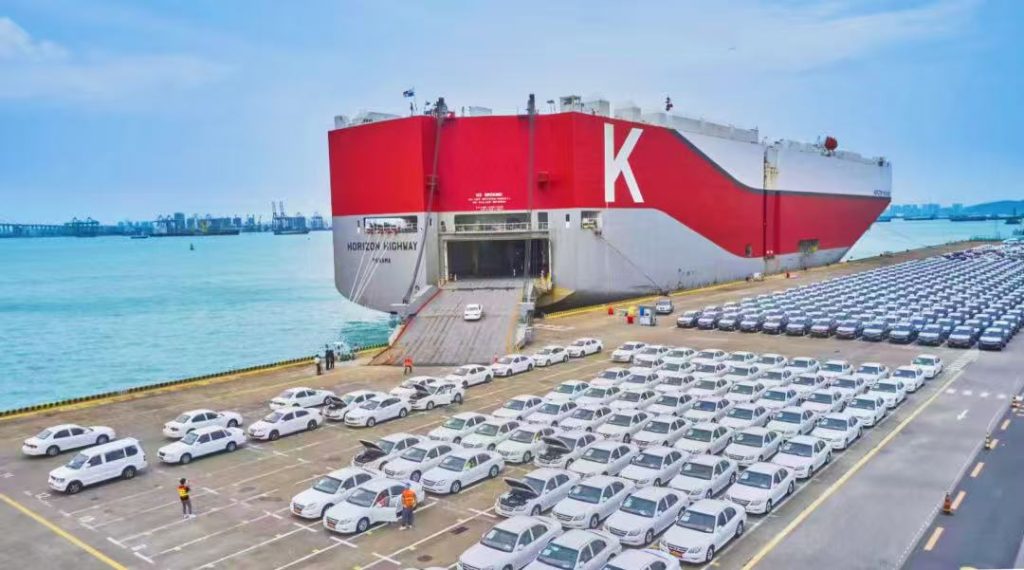The current situation of second-hand car exports from China

Achievements and Highlights
- Export volume experiences rapid growth: In 2024, the export of used cars exceeded the 200,000 vehicle mark, with a year-on-year increase of over 30%. The main destinations include Central Asia, Africa, Southeast Asia, Russia, and other regions.
- Continuous release of policy benefits: The Ministry of Commerce, along with six other departments, has continuously optimized the export qualification review and tax refund processes. Some regions have achieved “one-time declaration, full-process online processing”.
- Supply advantage is prominent: The proportion of new energy used cars has rapidly increased (especially models such as BYD and Tesla), and they have outstanding cost-effectiveness overseas, becoming a new growth point.
- Association platform empowerment: The Used Car Export Branch of the China Automobile Industry Association has promoted the establishment of an “export enterprise whitelist” and unified testing standards (CVS system), enhancing international trust.
Four core pain points and corresponding solutions
|
Challenges or pain points |
Current situation |
Breakthrough direction |
|
Weak overseas channels |
Approximately 90% of enterprises still rely on intermediaries, with fewer than 15% building their own websites or warehouses. |
① Join forces and venture out to sea: Participate in the “Overseas Warehouse Construction Program” of the association |
|
Comprehensive and complex operational process |
Working alone is costly and risky. |
① Platform-based division of labor: Procurement → Inspection → Logistics → Finance are outsourced to professional players (such as China Inspection and Xinda Tianxia) |
|
Inventory overstock + Policy fluctuations |
The concentration of exports has led to a situation where the prices of some models have become lower than their production costs. |
① Differentiated product selection: Avoid mainstream models (such as fuel-powered SUVs), and focus on promoting new energy vehicles/pickups. |
|
International competition and barriers |
Weak brand strength + Rise of trade protectionism |
① Localized operation: Establish after-sales centers in collaboration with local distributors |
Three major trend predictions
- New energy used cars will account for over 50% of exports: The battery health assessment standard (SOH) becomes the core competitiveness.
- “The overseas platform” is accelerating integration: A used car section similar to “1688 International Station” may be launched, reducing the threshold for small and medium-sized enterprises.
- The benefits of the China-Africa / China-Central Asia Free Trade Agreement: Tariff reduction + logistics subsidies will stimulate orders of tens of thousands.
Three practical suggestions for export enterprises
- Start with a “small but specialized” market: Focus on 1-2 countries (such as Kazakhstan, Nigeria), and achieve the top 3 position locally.
- Build a “digital moat”: Use WeChat mini-programs/apps to create a CRM system for overseas customers, and accumulate purchase data.
- Join forces for mutual support: Join the “export alliance” association to share overseas warehouses and tax refund green channels.
The export of used cars is not merely about clearing inventory in the trade market; it is also a testing ground for the globalization of China’s automotive industry. Once the channels, finance, and standards work in harmony, the next wave of benefits will be right around the corner.
